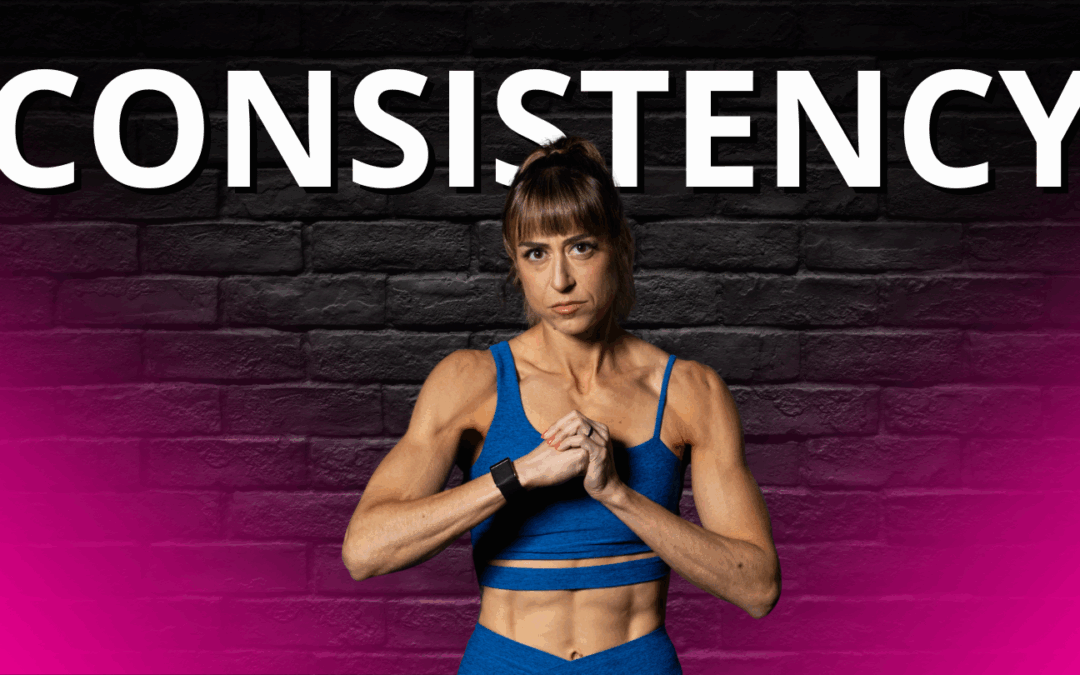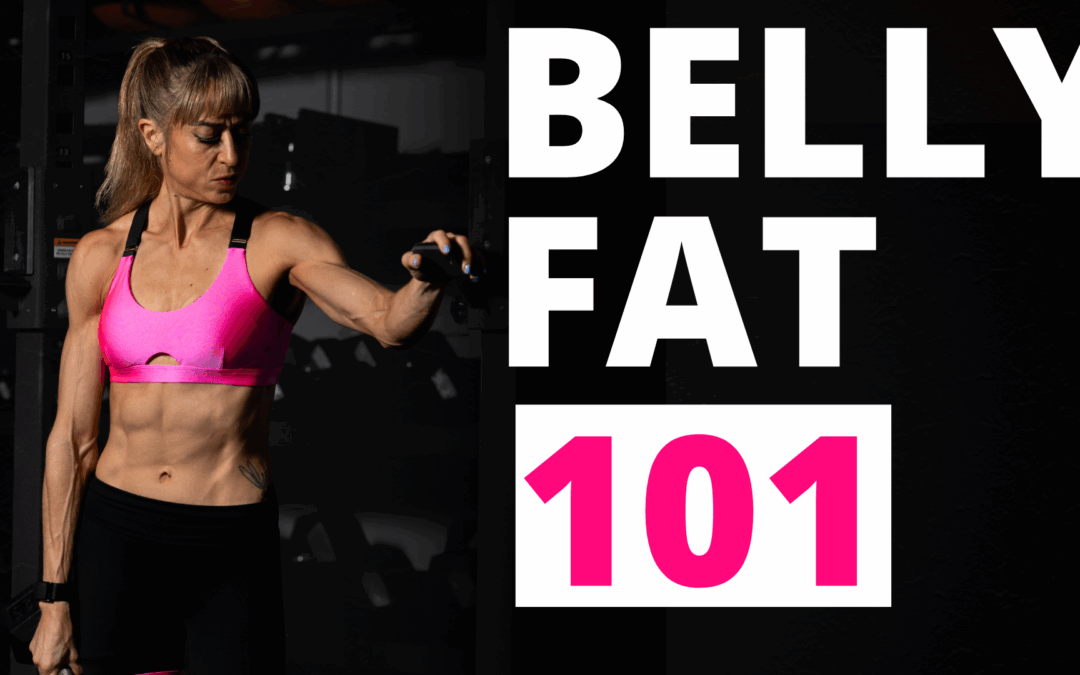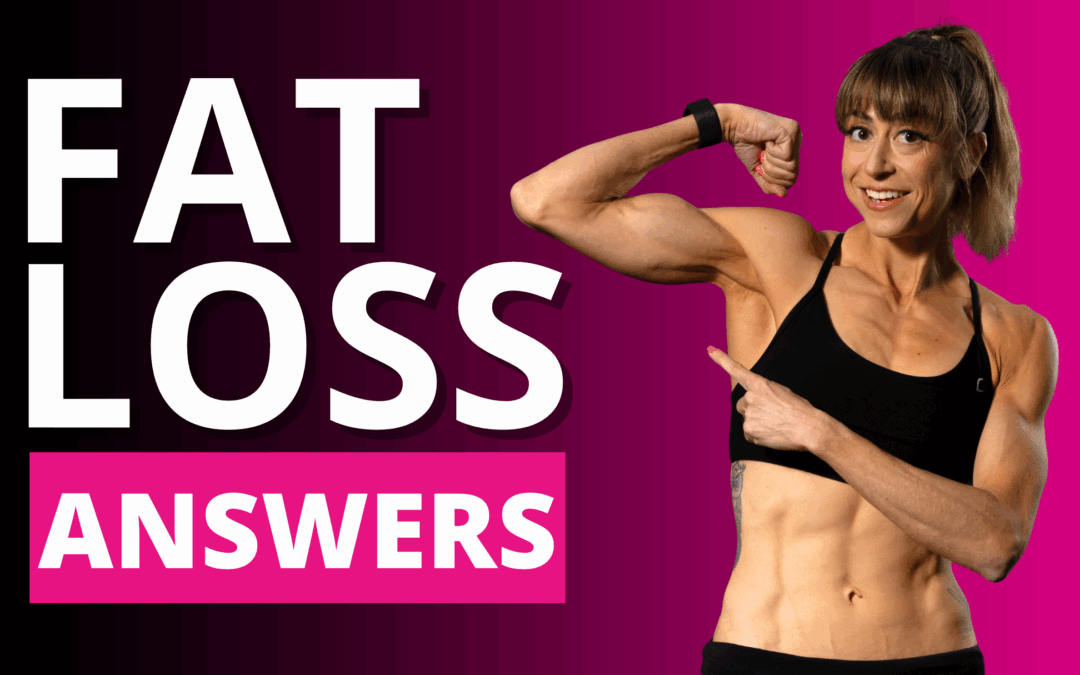
by Cori Lefkowith | Sep 11, 2025 | podcast
Listen: Change Requires CHANGE If you’re feeling stuck and know deep down that you could be doing better, don’t wait any longer. Your life is not going to change until you take action and make a bold move towards your goals. If you’re ready to take control of your...

by Cori Lefkowith | Sep 7, 2025 | Blog, Diet
Feel like you’re seeing some more definition in specific areas… That you’re even getting leaner and stronger… But that the fat around your middle just won’t budge no matter what you do? The sucky truth? That stubborn belly fat is often the last to go despite it being...

by Cori Lefkowith | Sep 4, 2025 | podcast
Listen: Change Requires CHANGE If you’re feeling stuck and know deep down that you could be doing better, don’t wait any longer. Your life is not going to change until you take action and make a bold move towards your goals. If you’re ready to take control of your...

by Cori Lefkowith | Aug 31, 2025 | Blog, Workouts
Before I go over what this method is, why it works so well for muscle hypertrophy, how to use this workout design, and even share a workout you can try implementing the technique, I do just want to warn you… It may push your comfort zone in multiple ways. You can’t...

by Cori Lefkowith | Aug 28, 2025 | podcast
Listen: Change Requires CHANGE If you’re feeling stuck and know deep down that you could be doing better, don’t wait any longer. Your life is not going to change until you take action and make a bold move towards your goals. If you’re ready to take control of your...






